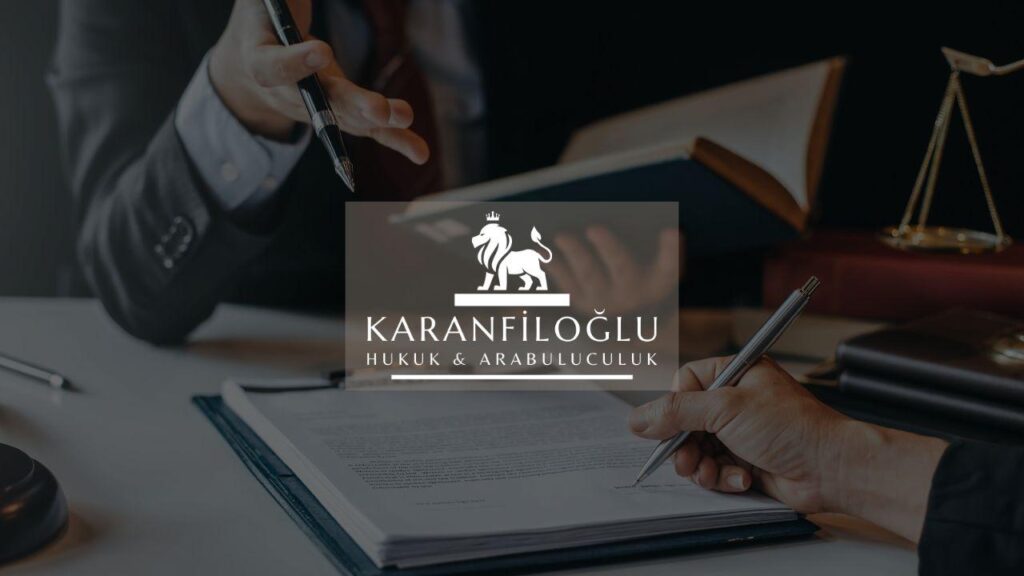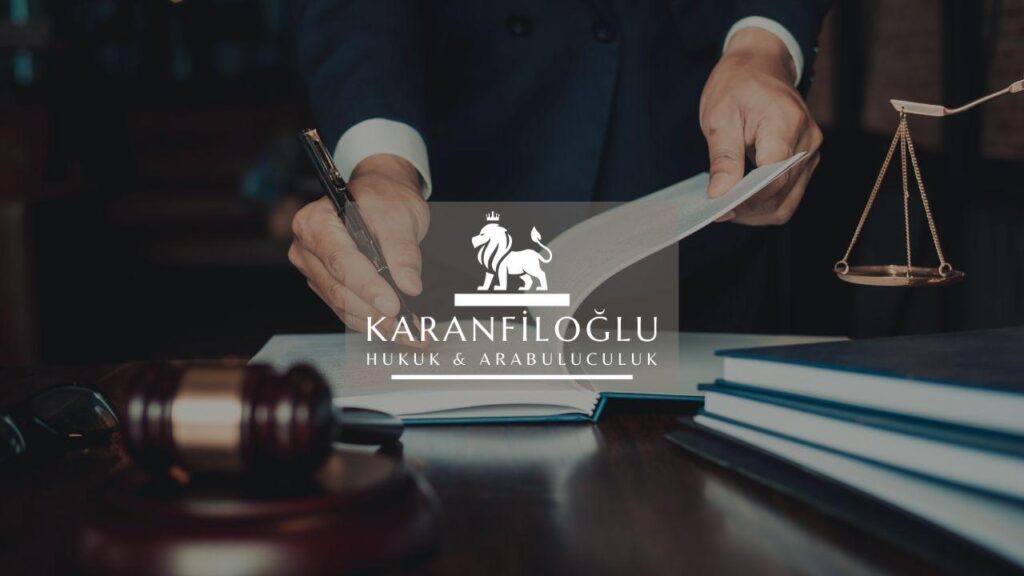Mobbing lawsuits are gaining traction as a critical focus in upholding employee rights. In the bustling world of workplace dynamics, workplace bullying can lead not only to emotional turmoil but also to legal battles. Employees, often feeling lost at sea, need strong legal protection and advocacy to navigate these turbulent waters. The ordeal of dealing with workplace bullying can seem like climbing a slippery slope, where rights are overshadowed by intimidation. However, with the rising awareness of mobbing lawsuits, there is a beacon of hope. Legal protection is a powerful ally, creating a safety net for those seeking justice. Employee advocacy is essential, advocating for fair treatment and ensuring a healthier work environment. As mobbing lawsuits highlight the dire need for change, they also reinforce the fundamental tenets of employee rights. This movement serves as a reminder that fairness and dignity should never take a back seat in professional spaces.
Understanding Mobbing: Defining the Workplace Harassment
Mobbing in the workplace might sound like a crime scene from a movie, but it’s a harsh reality many face. Unlike the occasional spat, workplace bullying through mobbing can be a relentless siege on one’s peace of mind. It typically involves a group targeting an individual, making the work environment unbearable. This form of harassment isn’t just a whispered conversation behind backs; it’s an orchestrated effort to undermine self-worth and employee rights. Distinct from bullying by volume and impact, mobbing preys on vulnerability and often spirals out of control without proper intervention. Here lies the urgency for legal protection and employee advocacy. Recognizing the signs is the first step to stopping this malicious cycle. Promoting solidarity and accountability within teams can offer a restorative path forward. Understanding mobbing is crucial in crafting a respectful workplace where employee rights are respected and upheld.
Mobbing, a form of workplace harassment, is more than just office drama—it’s a systematic targeting that tears at the fabric of employee rights. Imagine being in a place where every day feels like you’re walking a tightrope, fear perched on your shoulder. In many cases, workplace bullying through mobbing manifests as persistent negativity aimed at ruining reputations and isolating individuals. Unlike solo harassment, it’s a group enforcing alienation, disguised as team dynamics. This relentless barrage makes legal protection a necessity to safeguard employee dignity and ensure workplace harmony. Employee advocacy plays a pivotal role here, acting as a compass to steer victims toward justice in these mobbing lawsuits. For companies, acknowledging these issues sooner rather than later can prevent legal battles and cultivate a culture of mutual respect. Addressing and understanding mobbing is key to dismantling toxic patterns and nurturing a workplace where everyone feels valued and protected.
Understanding mobbing is crucial to tackling the broader problem of workplace harassment. Mobbing lawsuits often arise in environments where workplace bullying takes root. Unlike a one-off skirmish, mobbing is an organized onslaught where an individual faces continuous harassment. This intense pressure not only violates employee rights but also destabilizes mental health. Legal protection becomes indispensable when mobbing rears its ugly head, ensuring victims aren’t left to fend for themselves. Employee advocacy empowers those who feel trapped, providing the tools needed to challenge and change toxic environments. Grasping the anatomy of mobbing helps stakeholders craft policies that preempt such dynamics, promoting a safe, respectful workplace. With clear definitions and actionable steps, societies can address and reduce mobbing incidents, reinforcing the backbone of employee advocacy and legal frameworks.
Legal Framework: Exploring Mobbing Laws and Regulations
Mobbing lawsuits are not just a reaction to workplace bullying; they’re a catalyst for revisiting our legal framework. These lawsuits shine a light on the need for comprehensive legal protection that addresses the complexities of employee rights. In stepping up to tackle mobbing, legal systems worldwide are now crafting and refining regulations. This evolution is crucial, as robust laws serve as the backbone for employee advocacy, ensuring fair practices and justice. By exploring these new legal territories, we redefine how workplaces function and maintain a respectful environment. As more countries recognize the dire need for such laws, the global tapestry of workplace ethics strengthens, making legal protection more than a mere shield—it’s a promise of dignity and fairness.
In recent years, “mobbing lawsuits” have sparked widespread discourse on “employee rights,” compelling legal systems to revisit their stances on “workplace bullying.” As lawsuits unfold, they expose the fragility of inadequate “legal protection,” illuminating areas ripe for reform. Countries worldwide are now recalibrating their approach, crafting rules to address these nuances. The aim? A sturdy framework that fortifies “employee advocacy” and cultivates an atmosphere of respect in the workplace. These legal maneuvers are far more than paperwork; they’re bulwarks against injustice, ensuring every employee can stand firm. The evolving legal landscape is shaping an environment where empowering rights isn’t just an aspiration; it’s within arm’s reach. It’s this legal evolution that emboldens employees, signaling a decisive shift toward workplaces characterized by dignity and fairness.
Exploring the legal framework surrounding mobbing lawsuits unveils a complex yet vital landscape. Various countries are spearheading initiatives to ensure robust legal protection against workplace bullying, which threatens employee rights. From enhancing transparency in reporting incidents to implementing stringent policies, these regulations are becoming beacons of hope. Moreover, employee advocacy gains momentum as organizations are urged to foster awareness and training. This proactive stance aims not only to curb bullying but also to cultivate a culture of openness and respect. As mobilized legal teams work tirelessly, they underscore the significance of timely intervention and comprehensive support systems. Consequently, this ongoing legal adaptation underscores that tackling workplace bullying is an agenda item of utmost importance. In unison, these laws and regulations champion a future where dignity and justice in professional settings prevail.
Protecting Your Rights: Steps to Take When Facing Mobbing
Facing mobbing at work can feel like being caught in a storm without an umbrella. The first step in protecting your rights is recognizing workplace bullying for what it is—a violation of your safety and dignity. Document every incident meticulously; dates, times, and descriptions create a solid foundation for your case. This record is vital in legal protection, as it paints a clear picture of the hostile environment. Next, seek support from employee advocacy groups whose expertise in mobbing lawsuits can guide you through these rough waters. Remember, you don’t have to fight this battle alone. Discuss your situation with trusted colleagues to gain perspective and courage, but remain discreet to avoid further complications. Protecting your rights is paramount. Understanding the options available not only shields you but fosters necessary change. By stepping forward, you reinforce the value of employee rights in the face of adversity.
Consulting a legal expert can illuminate your path in these challenging circumstances. Lawyers specializing in mobbing lawsuits offer the insight crucial for interpreting the intricacies of workplace bullying claims. Their guidance transforms ambiguity into actionable plans, crafting a defense fortified with the principles of employee rights. Legal protection goes beyond paperwork; it imbues you with the confidence to assert your dignity in the face of aggression. Trust their expertise to maneuver the complexities of the system. Filing a formal complaint is another vital step in rallying institutional support. It sets the stage for employee advocacy within your organization, potentially leading to policy changes that benefit all. Transparency is key here—engage with HR in a dialogue that highlights the need for a fair and healthy workplace. Taking these steps signals your resolve, reinforcing that every professional deserves respect and equitable treatment.
Standing firm against workplace bullying demands courage and strategy. Begin by reaching out to HR, initiating a crucial dialogue about your experiences. Here, focus on clear communication and honesty, emphasizing the impact of the environment on your well-being. Express your concerns assertively, yet professionally—it’s a balance that underscores your sincerity. Meanwhile, continue gathering evidence. Every piece of documentation strengthens your position, making your case for legal protection more compelling. Employee advocacy is your ally here, championing the cause for fair treatment and robust policies. Leaning on their support reaffirms the importance of addressing mobbing lawsuits head-on. Persist, even when the path seems steep. As awareness grows within the organization, it becomes a catalyst for change, paving the way for enhanced employee rights. In these challenging times, knowledge and preparation are your compasses, navigating toward a safe and dignified work environment.
Disclaimer: This article is for general informational purposes only and you are strongly advised to consult a legal professional to evaluate your personal situation. No liability is accepted that may arise from the use of the information in this article.







